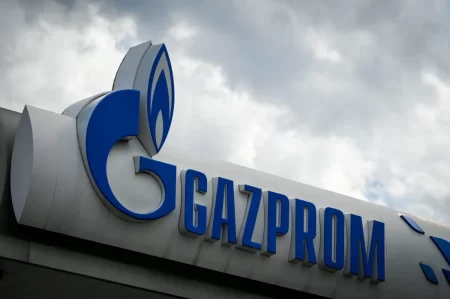
London/New York — No new liquefied natural gas (LNG) export projects could be approved this year for the first time in at least two decades, banking and industry sources said, after the COVID-19 pandemic drove down energy demand and knocked prices to all-time lows.
In a stark contrast to last year’s record level of approvals for LNG production plants, 2020’s dramatic oil and gas price drop has forced companies to delay decisions on new projects and write down investments in existing plants.
The last year in which no new LNG exports plants were approved was 1998, consultancy Wood Mackenzie told Reuters, while the International Energy Agency estimated it was at least two decades ago.
Five investment banking and energy analysts said they expect no final investment decisions (FIDs) this year, while four other sources said they expect at most one to two.
Prior to the coronavirus pandemic, the volume of new export capacity sanctioned in 2020 was expected to be similar to last year’s record of over 70 million tonnes per year.
“We do not expect any major FIDs on LNG export projects this year,” Morgan Stanley’s lead commodity strategist for natural gas and power Devin McDermott said.
“With coronavirus reducing oil demand and prices, majors’ capital spending dropped, weighing on their investment and pushing out FIDs.”
Giovanni Bruni and Alessandro Agosta, partners at McKinsey & Company, said they expect all pre-FID projects to be delayed by 1 to 2 years due to CAPEX cuts and deferrals, plus difficulty in securing buyers.
NORTH AMERICAN PROJECTS IN LIMBO
Most industry sources and analysts said the only project with a chance of receiving an FID this year is the Costa Azul export plant in Mexico, developed by U.S.-based Sempra Energy.
The outlook elsewhere in North America is much darker.
A record flow of investments in new projects last year by majors or companies with big LNG portfolios disadvantaged those proposed by smaller companies, which need contracts with buyers before being sanctioned.
In mid-2019 about a dozen North American developers said they planned to make FIDs by the end of the year, but none of those projects are under construction.
At the start of 2020 a similar number, including some whose plans were delayed from last year, said they intended to make FIDs by the end of this year.
Local Content saves Nigeria US$2bn on LNG Train 7
However that had been reduced to four by this summer – Sempra’s Costa Azul, Venture Global’s Plaquemines Parish, Annova’s Brownsville and Delfin Midstream’s Delfin Gulf of Mexico project.
In the United States, there may be no room for new projects until the middle of the decade after record new capacity was added last year, with a delay in investments helping the market balance, analysts say.
Over 21 million tonnes per year of new U.S. LNG capacity came onstream in 2019 and more than 16 million tonnes this year, contributing heavily to a global gas glut.
But most U.S. developers hope that will start to shrink next year as the demand drag from coronavirus lockdowns lifts.
An FID for the Delfin project is now planned for 2021, Delfin Midstream Chief Executive Dudley Poston told Reuters.
He said the company is engaged with multiple buyers on flexible contracts for 10 to 25 years and that it needs to sell approximately 2.5 million metric tons of LNG per annum (mmtpa) to make an approval.
Officials at Venture Global had no comment on whether they still planned to make an FID on Plaquemines Parish this year, while Annova said on its website it currently plans to commence construction at Brownsville in 2021.
MAJORS TO PROFIT
While smaller companies may find it hard to navigate the current buyers’ market, the delay in investment is positive for companies with large LNG portfolios, such as oil majors, analysts said.
Bernstein senior oil & gas analyst Oswald Clint said delays could last for another 12 to 18 months, helping create higher prices by 2025. That could mean bigger profits for oil majors.
Companies with substantial portfolios are expected to be the first to return with FIDs, with low prices expected to create additional demand.
“If you are a big major you are concerned about the commodity price, not its volume. You have to not invest money in 2020 to protect your balance sheet,” Clint said.
Initially intending to take an FID this year on the 16.45 million tonne per year Lake Charles project in the United States, Royal Dutch Shell has exited the venture and written down billions of dollars from its oil-linked LNG projects in Australia.
Analysts said the Lake Charles exit was a direct result of COVID-19’s impact on demand and prices, while the write-down on the Australian assets showed a change in majors’ attitude to spending on LNG.
However, it was not a sign of long-term weakness of the market, they said.
“Our longer term outlook for increased LNG demand has not changed,” Anatol Feygin, executive vice president and CEO of U.S. major LNG producer Cheniere said.
(Reporting by Ekaterina Kravtsova in London and Scott DiSavino in New York, Additional reporting by Ron Bousso in London; Editing by Veronica Brown and Jan Harvey)



